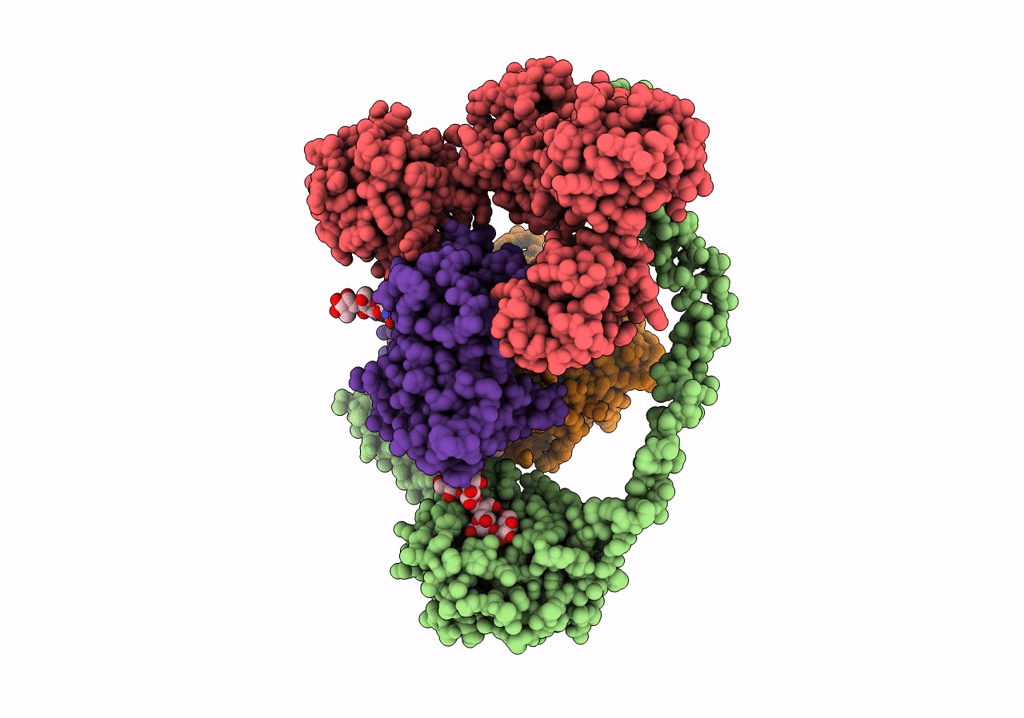
Deposition Date
2022-01-03
Release Date
2022-07-20
Last Version Date
2024-11-06
Entry Detail
PDB ID:
7QPD
Keywords:
Title:
Structure of the human MHC I peptide-loading complex editing module
Biological Source:
Source Organism:
Homo sapiens (Taxon ID: 9606)
Method Details:
Experimental Method:
Resolution:
3.73 Å
Aggregation State:
PARTICLE
Reconstruction Method:
SINGLE PARTICLE


